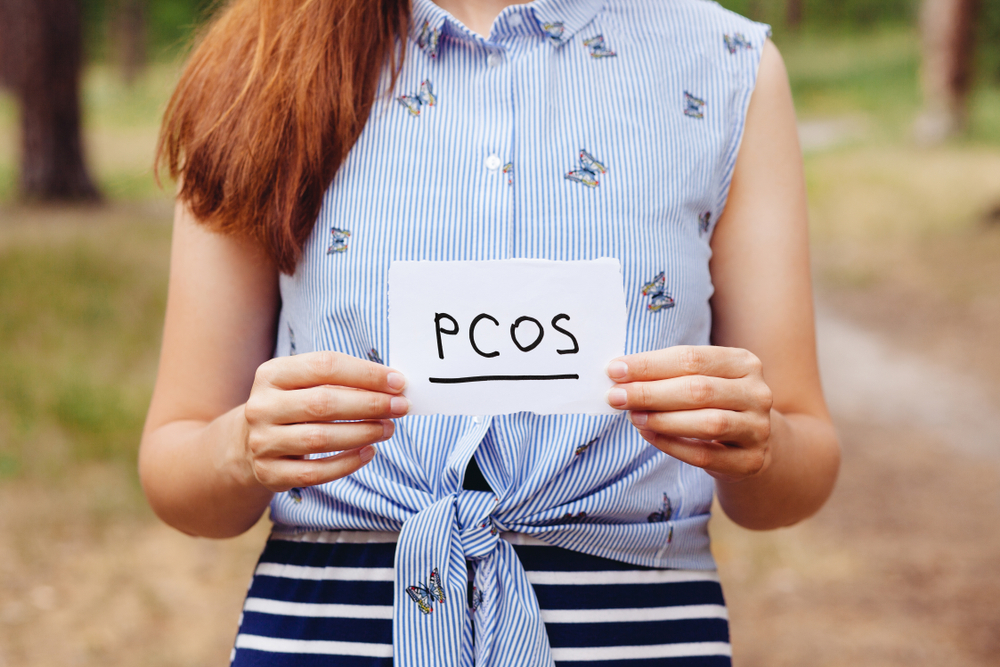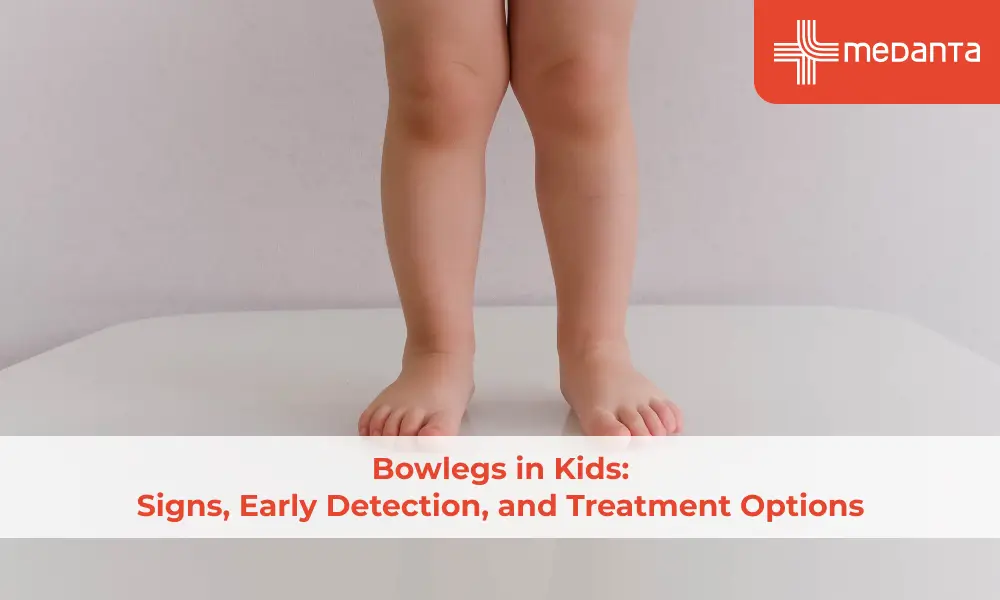PCOS Symptoms Vary among black and white women

Studies have shown that PCOS affects 7–10% of women of childbearing age and is the most common cause of infertility, but many cases of this disorder still go undiagnosed. Polycystic ovary syndrome (PCOS) is a condition of the female reproductive system affecting hormone levels.
Women diagnosed with PCOS have been shown to produce higher levels of male hormones. This hormonal imbalance causes many issues related to menstruation and fertility. Due to the increased production of male hormones, women with PCOS also have hair growth on the face and body and face male pattern baldness. It can lead to many other health problems like diabetes and heart disease. Lifestyle changes and birth control pills, and diabetes drugs (combat insulin resistance, a PCOS symptom) can help with fixing the hormone imbalance and improve health conditions.
PCOS in women:
The ovaries of the reproductive organs produce the hormones estrogen and progesterone, which are essential for a healthy menstrual cycle and ovulation. The ovaries also produce a small number of male hormones called androgens. PCOS is a condition that affects the ovaries, causing an imbalance in hormone production.
Polycystic means many cysts; therefore, polycystic ovary syndrome is a condition in which many small, fluid-filled cysts grow within the ovaries. These cysts/sacs are immature eggs incapable of triggering ovulation. Therefore, lack of ovulation modulates estrogen and progesterone levels, which are lower than normal. This creates an imbalance as the male hormone androgen levels are higher, which causes a disturbance in the menstrual cycle. PCOS affects the body in three main ways:
- Cysts formed in the ovaries
- Increased levels of male hormones
- Irregular or skipped periods
Lifestyle choices, a healthy diet, and physical activity might treat PCOS symptoms and improve fertility. Medications like birth control pills may be an option in severe cases, and metformin can help relieve PCOS symptoms.
What causes it?
Although, to date, Doctors cannot pinpoint what exactly causes PCOS. But they certainly believe that
- High levels of male hormones are one reason that is responsible for preventing the ovaries from producing hormones.
- Genes
- Insulin resistance
- inflammation
PCOS symptoms:
PCOS does not have a designated onset time; it can appear as early as the first menstrual period or later after several years. The most common PCOS symptoms are:
- Irregular periods: The uterine lining does not shed every month due to lack of ovulation. Reports show that some women with PCOS get fewer than eight periods a year or none at all
- Heavy bleeding: The building up of the uterine lining for long-time results in heavier periods than normal.
- Hair growth or hirsutism: As the levels of the male hormone androgen increase, it has been seen that more than 70% of women with this condition have thicker facial and thick body hair.
- Acne: Male hormones can lead to more oil production in the skin than usual, which can cause breakouts in areas like the face, chest, and upper back.
- Weight gain: Studies show that around 80% of women with PCOS are overweight or have obesity.
- Male pattern baldness: Higher levels of androgen may cause hair on the scalp to go thinner and may fall out.
- Darkening of the skin: In the creases of body parts like those on the neck, in the groin, and under the breasts, dark patches are observed.
- Headaches: Hormonal changes can lead to headaches sometimes.
PCOS diagnosis:
Generally, doctors prescribe further diagnosis for PCOS in women who show at least two of the following three symptoms:
- High androgen levels
- Irregular or painful menstrual cycles
- Cysts in the ovaries
- Acne in the face and body hair growth
- Irregular weight gain.
The diagnosis might follow
- A pelvic exam: to look for any problems in the ovaries or other parts of your reproductive tract. During this, the doctor inserts gloved fingers inside the vagina to check for any growth.
- Blood tests: to check for higher-than-normal levels of androgen, cholesterol, insulin, and triglyceride levels to evaluate any risk for related conditions like heart disease and diabetes
- Ultrasound: It uses sound waves to find abnormal follicles and other issues related to the ovaries and the uterus.
Geographical differences in PCOS symptoms:
Reports have found that women with PCOS in Alabama may be more susceptible to excessive hair growth and insulin resistance. While it was observed that women with PCOS in California might be more susceptible to experiencing higher testosterone levels.
According to data that compared 1,620 black and white women with PCOS in Alabama and California, regional differences were observed in how these women exhibited symptoms, which varied a little among black and white women.
While comparing black women with PCOS in Alabama and California, the average body mass index (BMI) was not strikingly different between the locations. In contrast, the average BMI was higher in white women with PCOS, in Alabama than in California.





